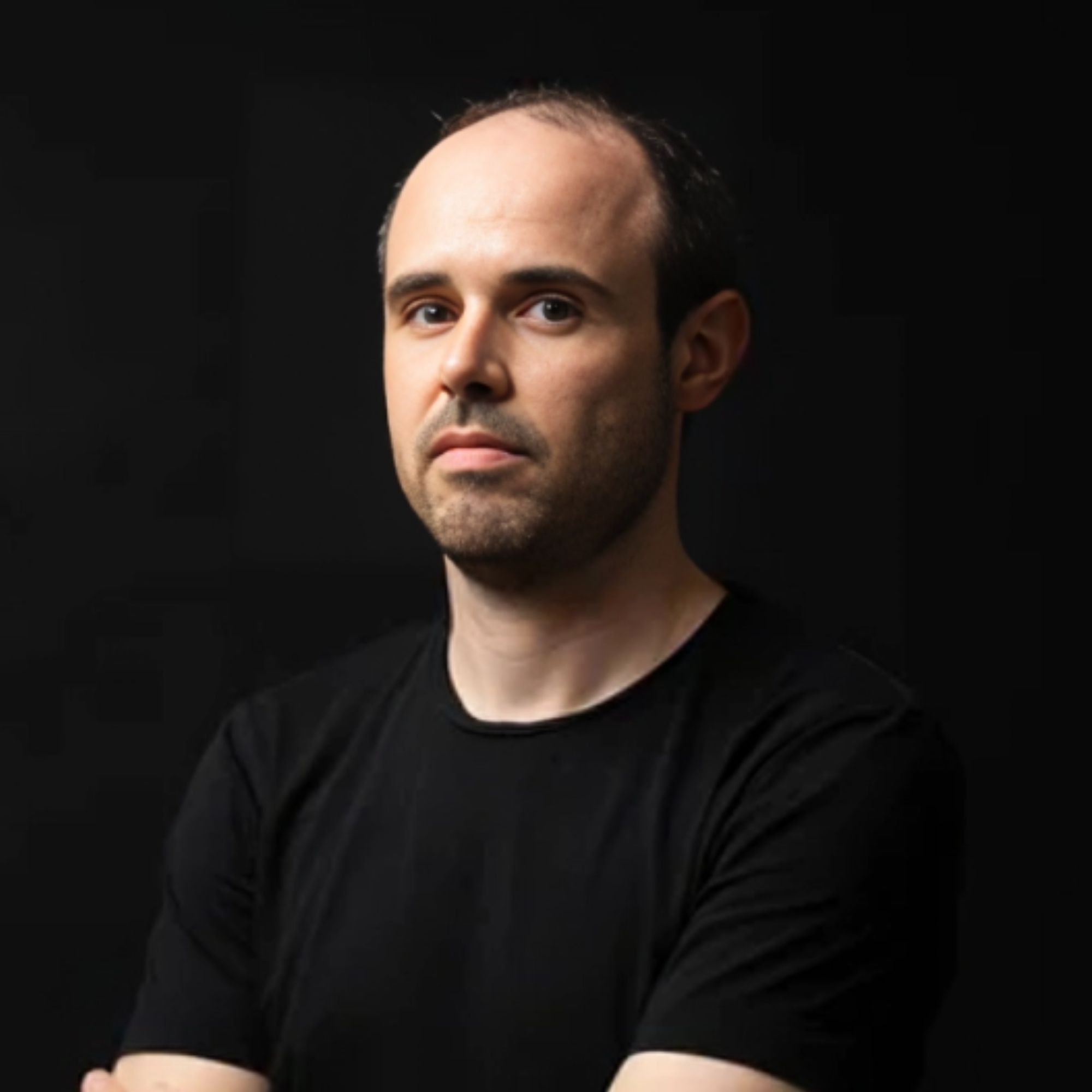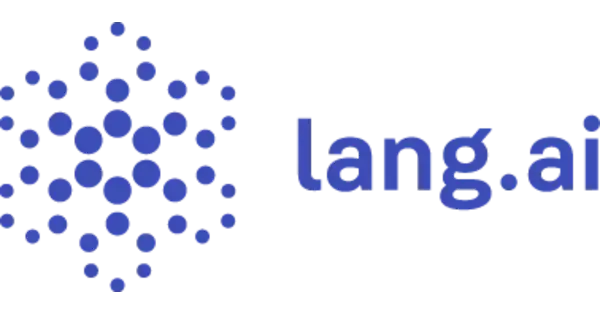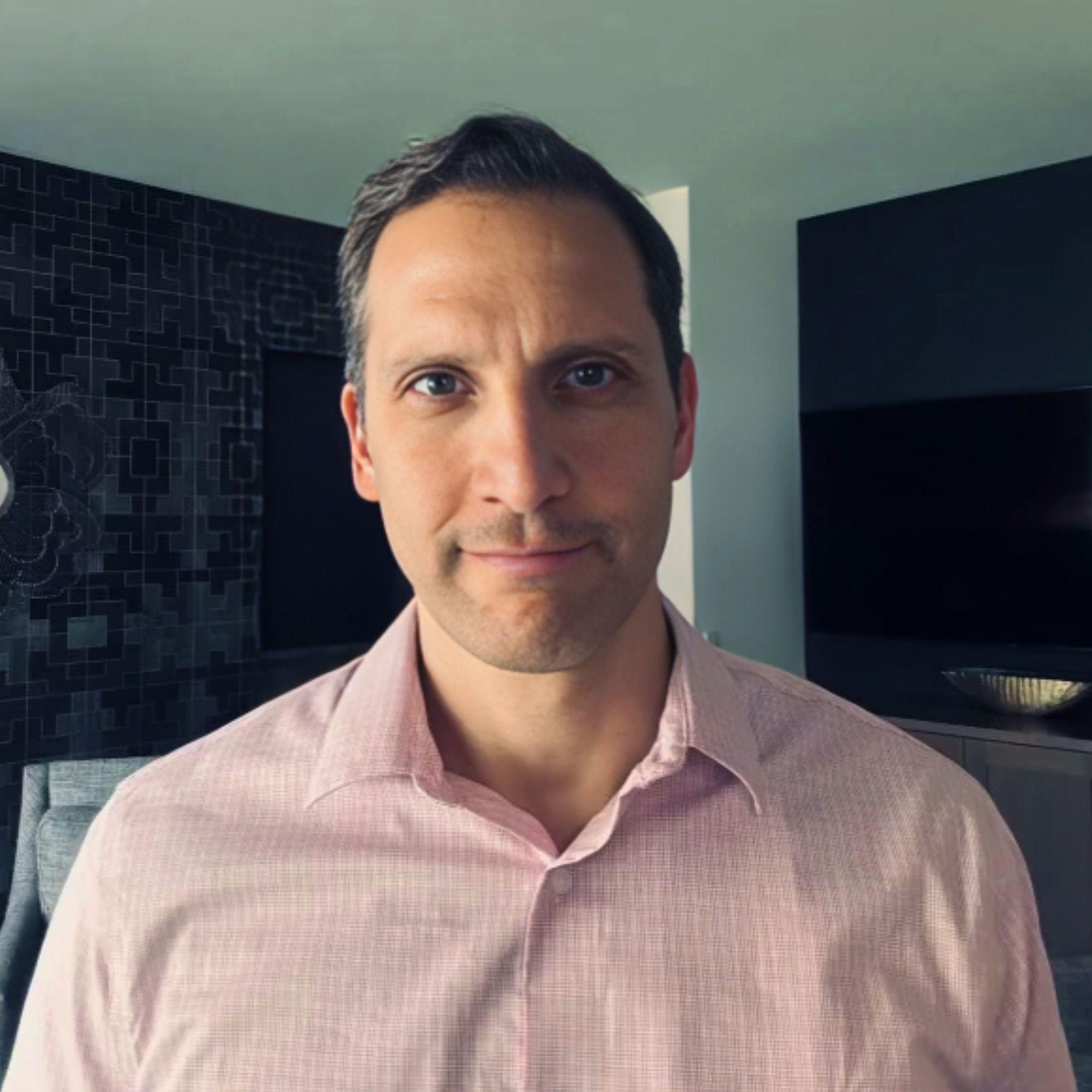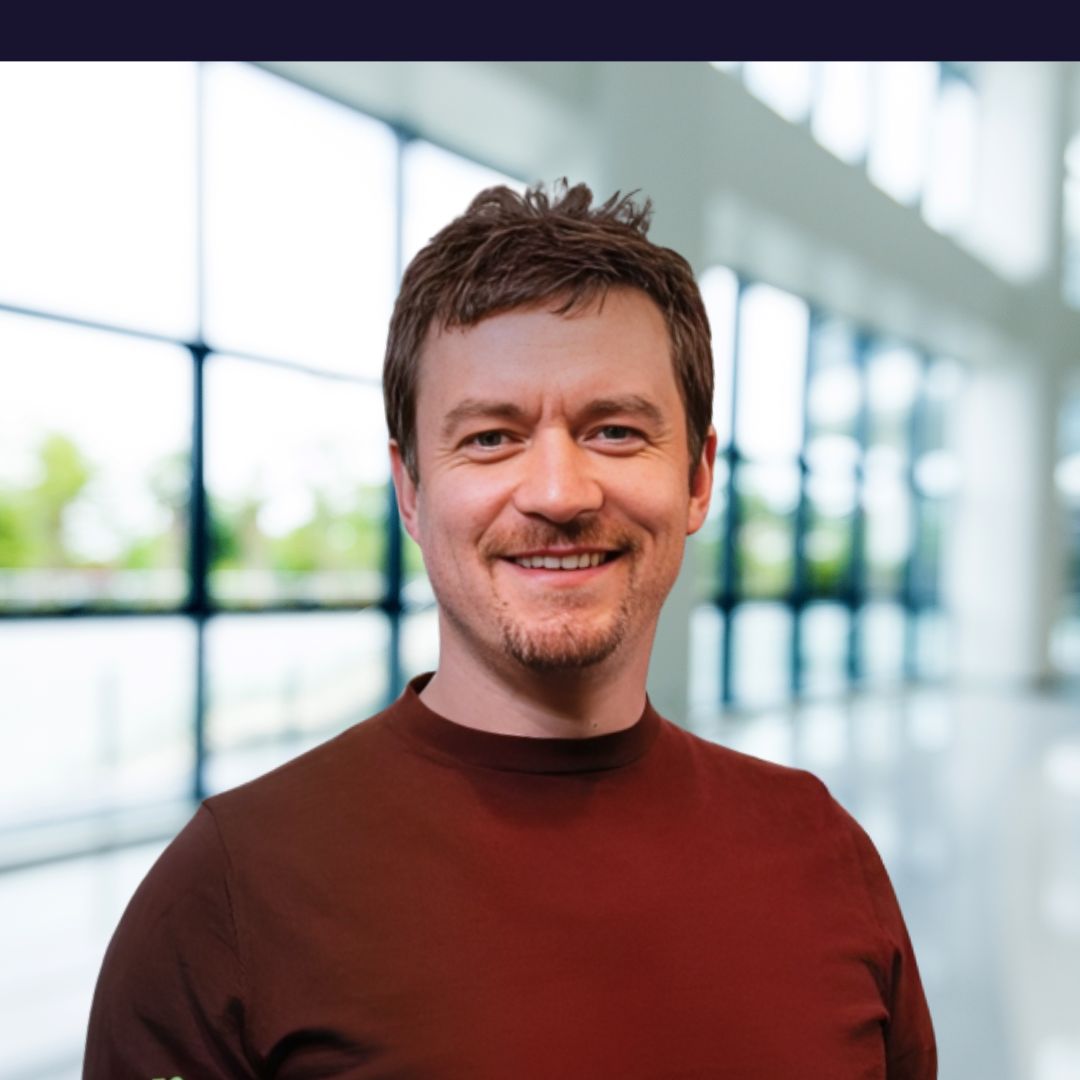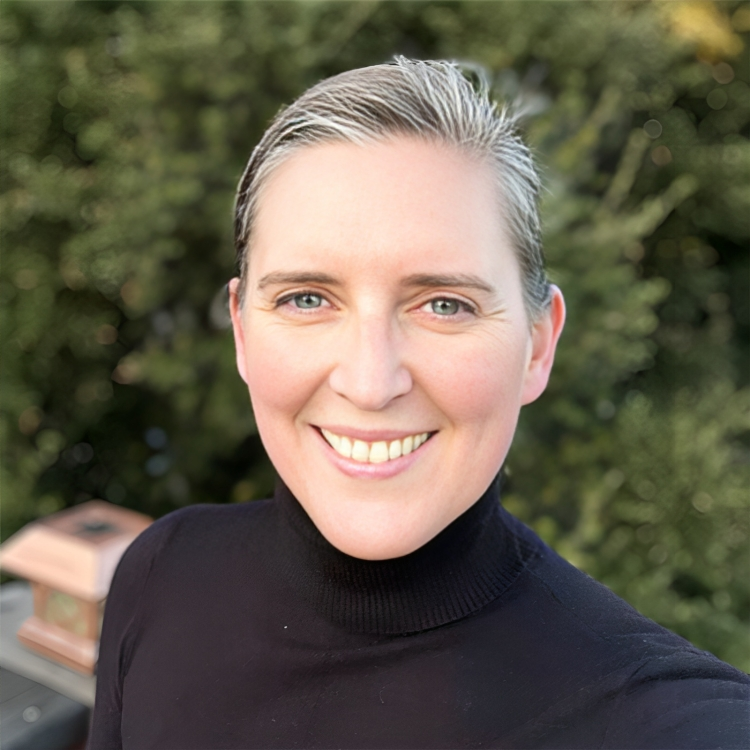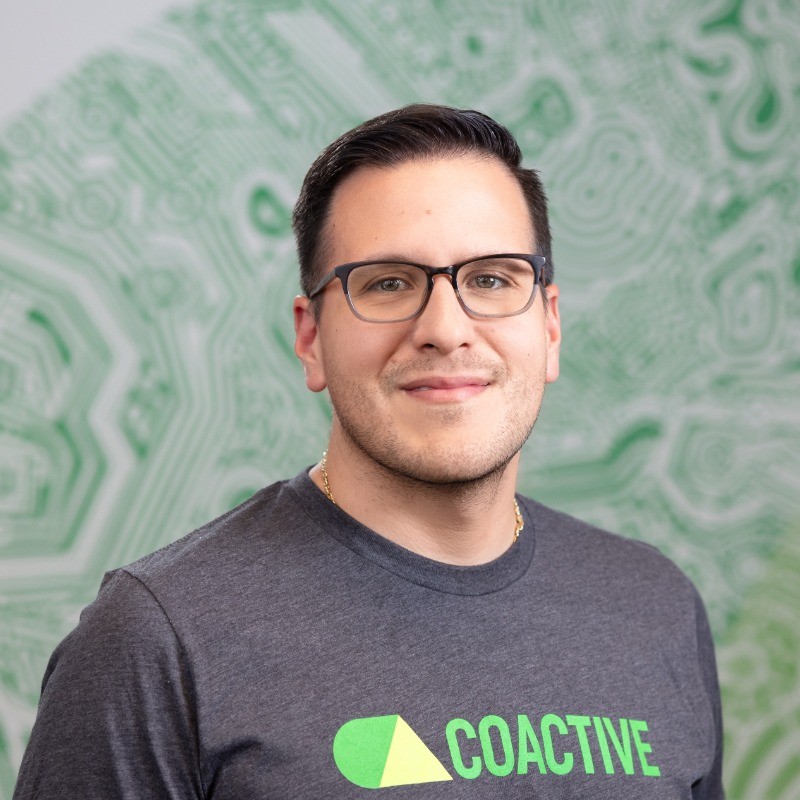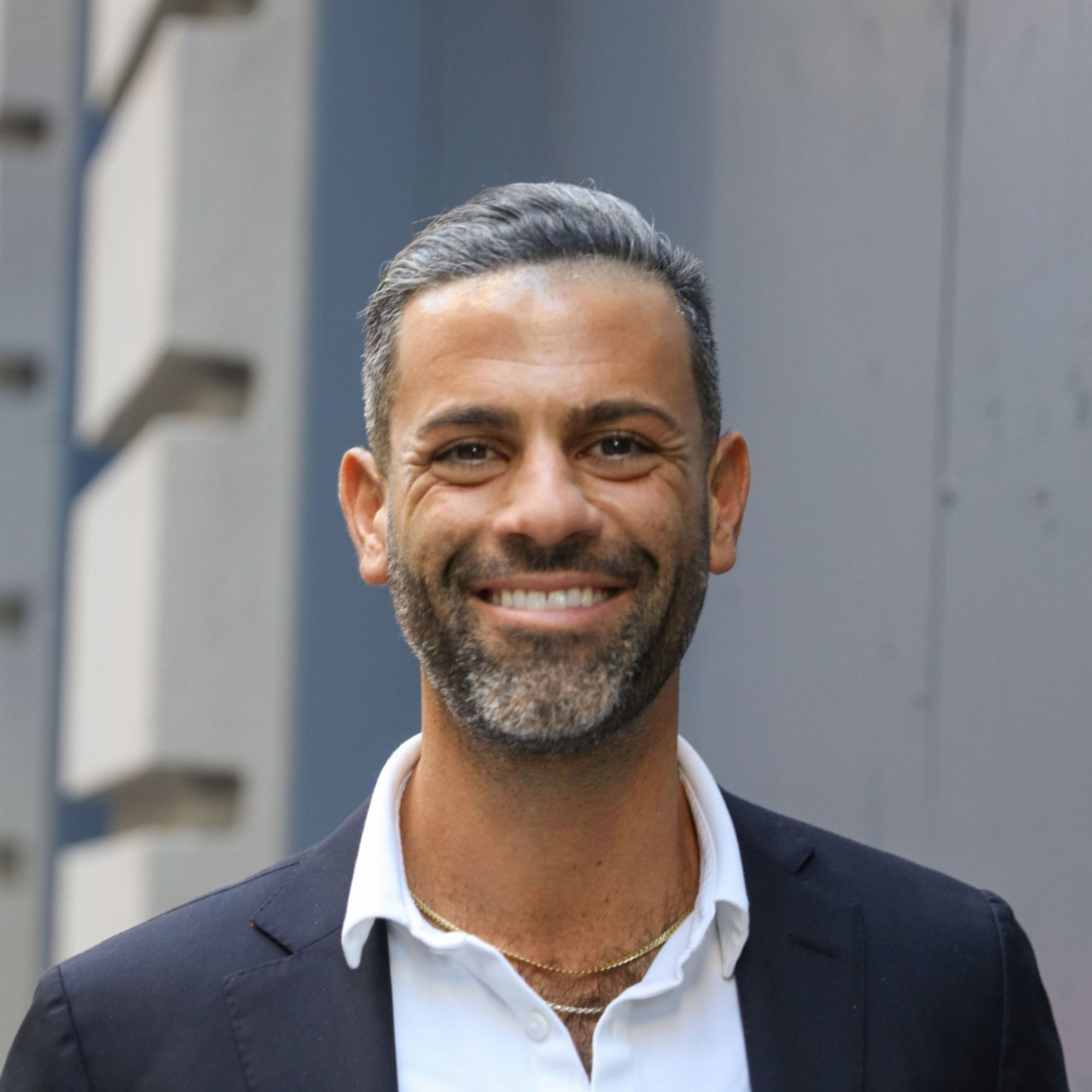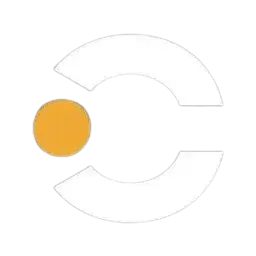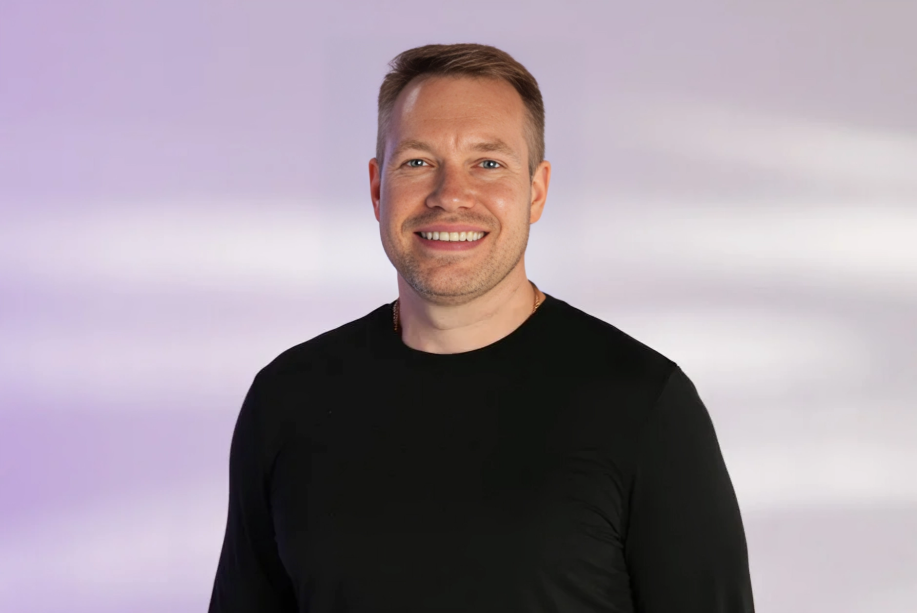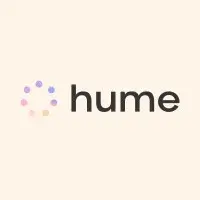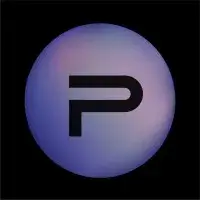Ready to launch your own podcast? Book a strategy call.
Frontlines.io | Where B2B Founders Talk GTM.
Strategic Communications Advisory For Visionary Founders
Conversation
Highlights
Building in the Shadows: How DeepSet’s Founder Turned Early Market Skepticism into Strategic Advantage
Most AI infrastructure companies measure their journey through the lens of ChatGPT’s November 2022 release. But for DeepSet founder Malte Pietsch, the story starts much earlier – in an era when AI’s mainstream potential wasn’t yet obvious.
“Back then when we actually started, no one talked about llms, few talked about nap back then,” Malte recalls of DeepSet’s early days. “And were in this early phase where it was with early signs that it comes easier to use these kind of transformer models.”
This early-mover position presented both opportunities and challenges. While the market wasn’t yet ready for widespread AI adoption, it provided DeepSet with something arguably more valuable: time to build deep customer understanding through hands-on work.
The Bootstrap Advantage
Instead of rushing to raise venture capital, DeepSet took an unconventional path. They started with just €5,000, building a profitable professional services business that allowed them to work directly with enterprises implementing AI solutions.
“We started basically doing professional services. We built custom AI solutions, learning solutions for enterprise customers,” Malte explains. This approach proved surprisingly profitable, but the team maintained clarity about their ultimate destination: “We didn’t want to build a professional service company.”
The Open Source Foundation
DeepSet’s go-to-market strategy crystallized around what Malte calls a “sandwich motion” – using their open-source product, Haystack, to build credibility with developers while simultaneously engaging business decision-makers.
“It’s really a lot of developers out there know it, tried it, like it and typically like the devs are not our buyers,” he explains. “They don’t swipe the credit card and pay the check for this commercial platform, but they help a lot in this buying process.”
This dual-track approach creates a powerful dynamic in enterprise sales conversations. When business stakeholders engage technical teams for validation, DeepSet already has advocates in place: “At some point, of course they ask the developers about hey, what is that technology? Does it make sense? Do you trust us.”
The ChatGPT Inflection Point
While many AI companies scrambled to adjust their positioning post-ChatGPT, DeepSet’s focus remained steady on production deployment. “Last year, I think that was where a lot of this noise happened, where so much new things became possible. So a lot of cool ideas, great ideas, exciting demos,” Malte reflects. “But I think at some point, if you don’t want to become hype and just a bubble, you need to show the value coming out of things.”
The Sales Evolution One of the most candid insights Malte shares is about the timing of building their sales organization. “I would probably also hire a sales team earlier, to be honest. So we did, I think, for a very long time, Founder led sales and only hired last October.”
This transition highlighted a crucial learning for technical founders: while founder-led sales provides valuable early market insights, scaling requires systematic processes to handle increasing market interest effectively.
The Power of Customer Proximity
For technical founders building in the AI space today, Malte emphasizes one critical lesson: “Be close to your customers. So I think for us, this bootstrapping phase was incredibly valuable because we just learned so much about really pain points of these customers in various companies before we had anything.”
He warns against a common pitfall among technical founders: “It’s very risky if you are a tech company, if you build a very deep tech product that you may sometimes focus too long on just the technology because you have this vision, you have this idea, you just need to build it, but then maybe you hit the market too late.”
DeepSet’s journey offers a masterclass in strategic patience – demonstrating how methodical market understanding and disciplined product evolution can build foundations for sustained growth, even in a hype-driven market. Their story suggests that sometimes the best way to capitalize on a technology revolution isn’t to chase the latest trend, but to build deliberately based on deep customer understanding.
Actionable
Takeaways
Empower Engineering Teams:
Focus on developing tools that enable engineers to efficiently build and deploy AI features, reducing time spent on non-differentiating tasks.
Leverage Open Source for Credibility:
Use open-source products as a strategy to build credibility among developers and create a community around your technology.
Product-Market Fit Exploration:
Actively seek feedback from early users or customers to shape your product strategy, ensuring that your offerings meet real market needs.
Strategic Fundraising:
Choose investors based on alignment with your vision and their potential to add value beyond capital, rather than optimizing for the highest valuation.
Sales Strategy Evolution:
Consider transitioning from founder-led sales to a dedicated sales team earlier to scale customer engagement and streamline the sales process.



